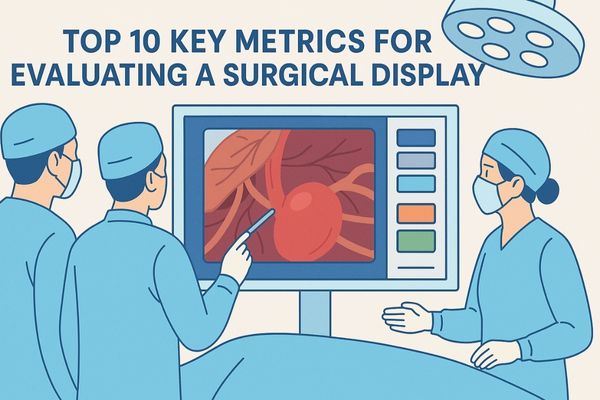
Top 10 Key Metrics for Evaluating a Surgical Display
The top 10 key metrics for evaluating a surgical display include:
Display resolution and pixel density
Brightness levels and

The top 10 key metrics for evaluating a surgical display include:
Display resolution and pixel density
Brightness levels and

Yes, while often minimal, DisplayPort generally offers potentially lower latency than HDMI, especially at high resolutions and refresh rates. This
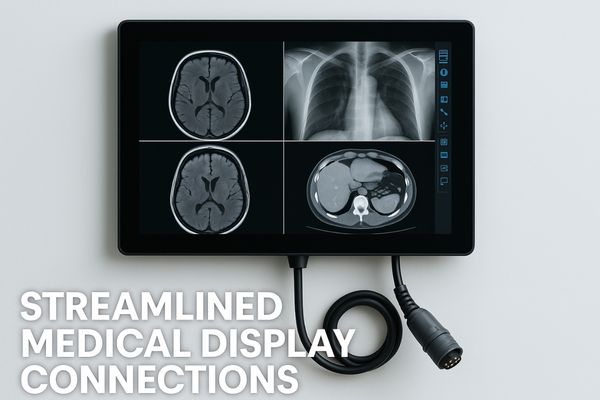
Medical displays increasingly utilize specialized power/signal combo connectors, such as medical-grade multi-pin circular connectors, HDBaseT, or proprietary designs. These consolidate
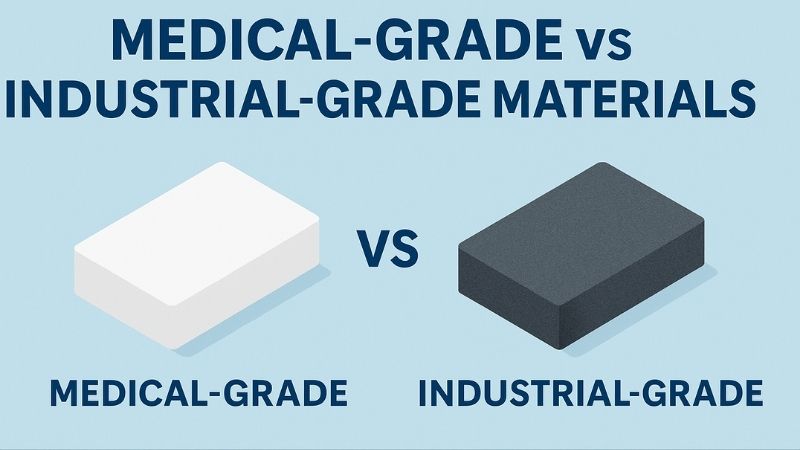
Medical-grade materials undergo rigorous biocompatibility testing, ensuring patient safety and sterilization endurance. Industrial materials, robust yet focused on mechanical performance

Medical monitors serve PACS rooms by offering superior image quality, consistent DICOM-compliant displays, and features that boost diagnostic accuracy. They
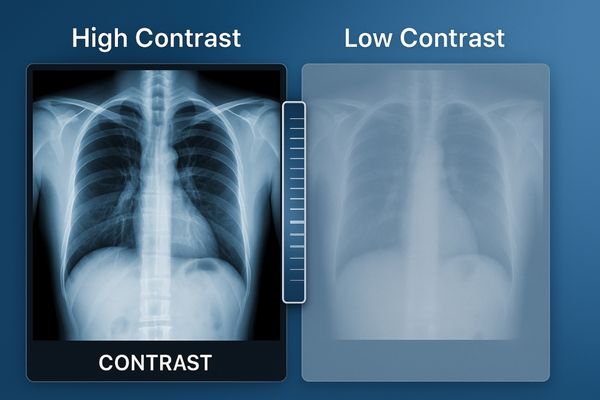
When a monitor’s contrast ratio declines, images appear washed out, and the ability to distinguish between subtle shades of gray
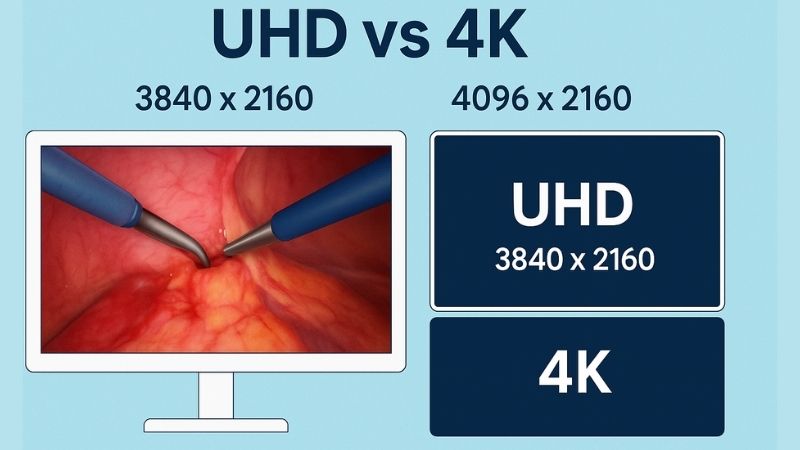
While often used interchangeably, “4K” traditionally refers to the cinema standard of 4096×2160 pixels, whereas “UHD” (Ultra High Definition) specifies
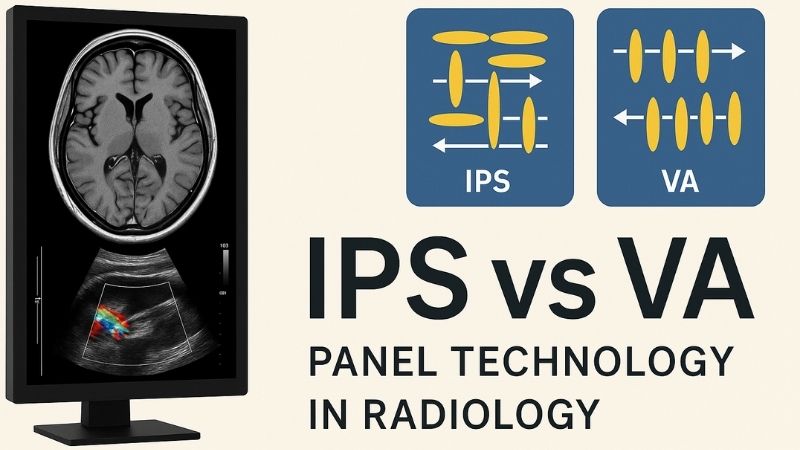
For radiology, IPS (In-Plane Switching) panels are generally better than VA (Vertical Alignment) panels. IPS technology offers superior color accuracy,

Yes, professional medical monitors are designed to maintain screen brightness for extended periods. They achieve this through integrated technologies such
Choosing a medical monitor doesn’t have to be difficult. Tell us how and where you use it, and we’ll give you the most suitable options.
To provide the best experiences, we use technologies like cookies to store and/or access device information, Consenting to thesetechnologies will allow us to process data such as browsing behavior or unique lDs on this site, Not consenting or withdrawing consentmay adversely affect certain features and functions.
We will contact you within 1 working day, please pay attention to the email with the suffix “@reshinmonitors.com”.
We will contact you within 1 working day, please pay attention to the email with the suffix “@reshinmonitors.com”.